

- © 2003 - 2025 Dynamix Productions, Inc. Contact Us 0


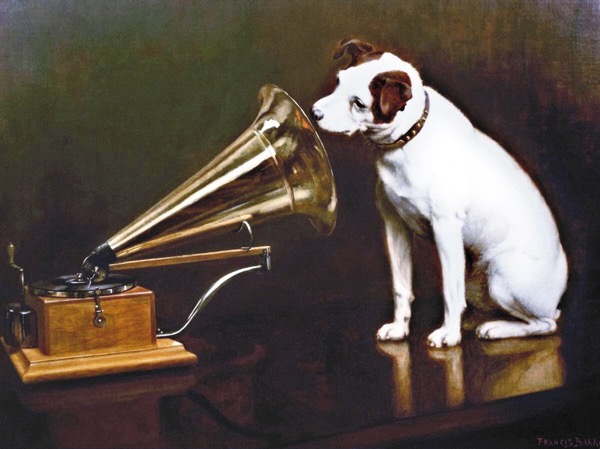
"It is easily overlooked that what is now called vintage was once brand new."
Tony Visconti
Which name will stick to a new technology? It's usually not the one given to it by the inventor.
Read More...
“In order to see birds it is necessary to become a part of the silence.”
Robert Lynd
Though we may seem as different as night and day, avians and humans may be more connected to each other than you think.
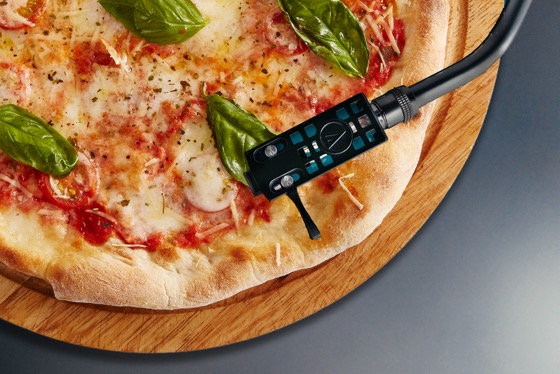
"I think reincarnation is possible. Hopefully, we all get recycled."
Christina Ricci
We all should recycle. A look at repurposing old audio gear into funky new uses. Plus find out the latest news from Dynamix Productions.
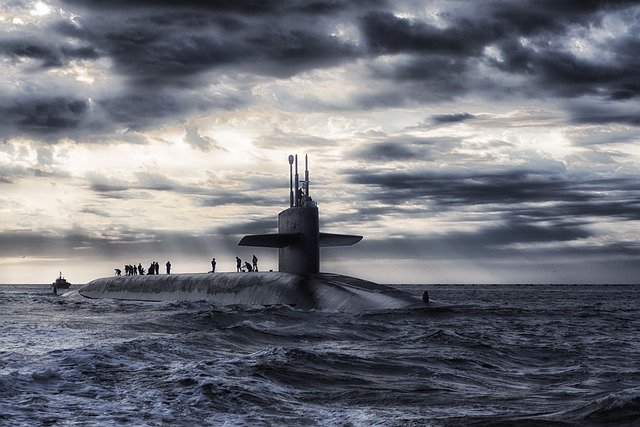
- Lt. Werner: What's going on? Why are we diving?
- 2nd Lieutenant: Hydrophone check. At sea, even in a storm you can hear more down here than you can see up there.”
Das Boot
In the near future, submarines might be using sound waves to communicate through ocean waves. Intriguing, but let's first look at the history of how submarines communicate, problems they face, and why this emerging technology may be the new wave of submerged communications.

"Call me a relic, call me what you will
Say I'm old-fashioned, say I'm over the hill
Today' music ain't got the same soul
I like that old time rock 'n' roll."
Bob Seger
Digital media is doomed to disappear at some point. Records may outlast hard drives, CDs, tapes, and other formats we haven't dreamt up yet. But what about stone tablets? I take a look at some of the oldest surviving forms of written music. You might be surprised what some of them contain.

"I got a chain letter by fax. It's very simple. You just fax a dollar bill to everybody on the list."
Steven Wright
William G.H. Finch had a crazy idea. He liked efficiency, and he liked news. He imagined a future that would merge those together for the average American. Americans like Joe and Jane. When they woke up in the morning, this crazy idea goes, a box in their parlor had just printed out the latest news onto paper with stories and pictures, ready to be poured over while eating their breakfast. Wait – that kinda sounds like the here and now. What's crazy is that this brainchild was born in 1933.
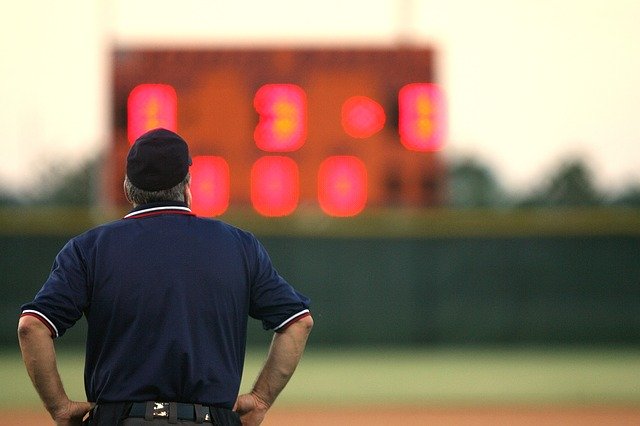
"Well, folks, now we've got free baseball!"
Baseball announcer Skip Caray whenever a game went into extra innings
We're so used to living in a litigious society that when someone says "free," But now there are two exciting web sites for music lovers to explore that are...wait for it...free!
Read More...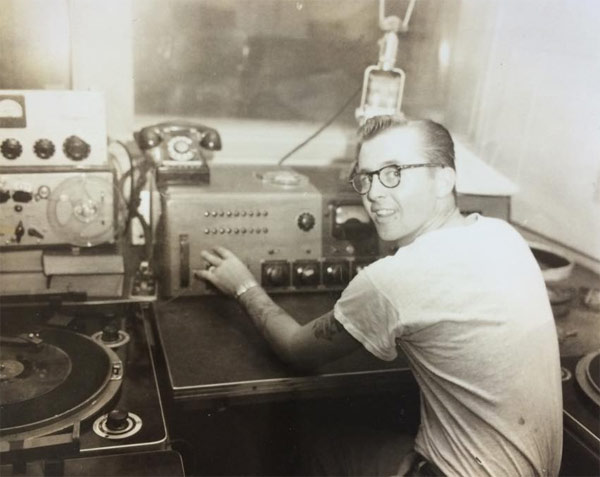
"In radio, you have two tools. Sound and silence."
Ira Glass
As the world holes up in their houses during this coronavirus, as we absorb media like never before, as we listen to the news coming out of our television and radio speakers, we see and hear just how serious most of us are taking this. Journalists are broadcasting from their backyards, their sources are interviewed over Skype or Zoom, and the news now looks and sounds less-than-polished. It's like Sunday afternoons on FaceTime with the family three states away. These are the choices we are having to make these days: quality of content over quality of sound and video. But we don't know how good we got it.
“There comes a time in a man's life when he hears the call of the sea. If the man has a brain in his head, he will hang up the phone immediately.”
Dave Barry
Something people have been overpaying for since forever are music knockoffs. In the 1800s hucksters would blatantly rip-off sheet music; early records were either re-recorded or re-pressed from originals; and illegally replicated compact discs filled up warehouses for decades. Savvy consumers usually know fake from fact, but in this digital only world, it's getting harder to tell. But help is on the way.
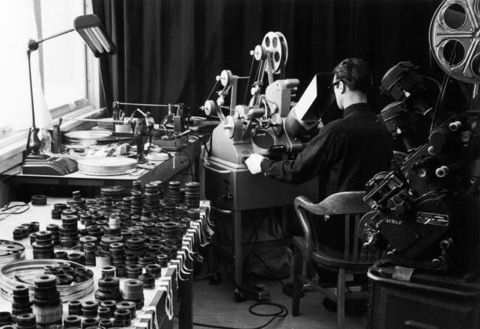
In feature films the director is God; in documentary films God is the director.
Alfred Hitchcock
Should documentary sound be real? Manipulated? Fake? We dig into the controversy.
Read More...